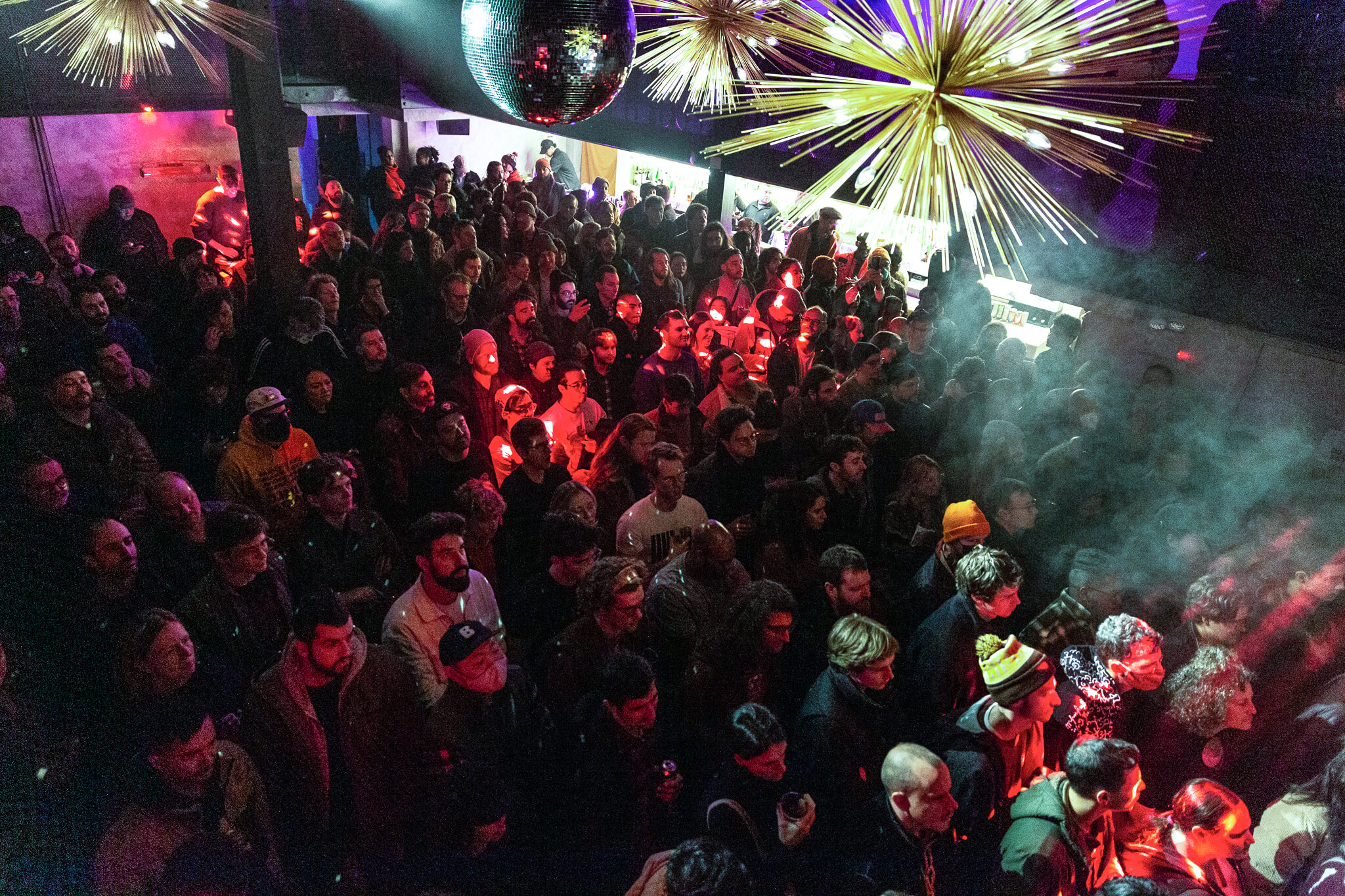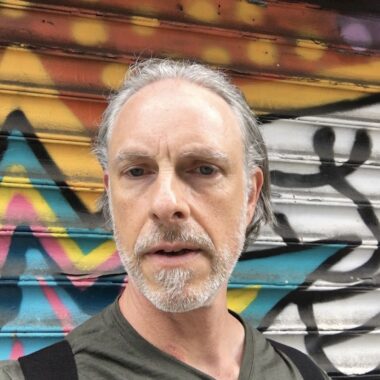Jazz is political. I’m not here to shock or confound anyone, but in contemporary American culture, there’s a pervasive need to point out the obvious when so many people put effort into blocking the evidence of their eyes and ears from reaching their brain.
Jazz is political, all music is political, all creative, cultural endeavors are political. They can’t help but be. Even if the subject of any particular bit of jazz has nothing to say about politics—and most jazz is about making the music itself, putting the notes together—the music is made inside social and economic circumstances shaped by politics. Having the time, space, and money to buy an instrument, learn and practice, rehearse, and to be able to connect with a performance space, all are products of the legal, social, and economic systems of this country.
That’s a restatement of a frequent topic of this column, but the focus is usually on the musicians; who gets the opportunity to become a jazz musician and what kind of jazz gets the institutional support to ever exist. This month’s column, though, is about where the music happens, the places we can go for the essential magic of live jazz, where the musicians get a chance to pay and be paid. New York City has the most famous—and one of the greatest—jazz clubs in the world in the Village Vanguard. It also has places like the shiny, international Blue Note, cozy (or tiny, depending on your point of view) basement spaces like Small’s and Mezzrow. There are institutional spaces both small—The Jazz Gallery, The Stone at The New School—and large, meaning Jazz at Lincoln Center, a combination of performance spaces and programming that in some ways stays roughly current (as far as the mainstream goes) and mostly acts as the Metropolitan Museum of Art of jazz, preserving and protecting the past, and bringing small portions of it out for public display.
There are more, of course, including a recent expansion of jazz into bars like Bar Bayeaux in Bed-Stuy, and what seems to be the quasi-installment of the great saxophonist Tim Berne and various small units at Lowlands Bar, on Third Avenue in Gowanus. Every little bit of extra space that hosts live jazz is welcome, because the music is the best and this city has the largest number of great jazz musicians of any location on the planet. With eight million people, there are enough who follow jazz to keep some form of nightlife going, but of course that figure does make one wistful for the day when the music had a great hold on the popular imagination. (Here I would recommend picking up a monthly copy of the free New York City Jazz Record sometime—full disclosure, I write for them as well—because it has the most comprehensive live listings at the back of the magazine.)
This being New York City, the bottom line for a jazz venue (outside of JALC) is paying rent. And even before the recent rent crisis, the city has had a de facto policy of shoving out artists and small, local businesses for more drug store and bank chains. Now under Mayor Swagger, who is also a landlord, prospects are worse. There’s no rent increase he wouldn’t like, and his idea of culture doesn’t extend beyond any night club with bottle service where he gets to hang out with celebrities and people kiss his ass. That’s not good for jazz, which has a nightclub problem of its own. When only a few thousand of the eight million are spending money on live jazz, the math is tough.
The complicated equation of jazz + audience + space really hit me during the Winter Jazzfest marathon nights, January 13 and 14, the first in Manhattan the second in Williamsburg. The great thing about the marathons—and it is truly great—is that they are an event, the kind of thing that brings people to the music who might be no more than casual jazz listeners and who might not otherwise head out for live jazz. With a ticket, you can catch three or more sets of music from different artists at one place, or go from venue to venue. That used to be one of the key features in Manhattan, where the music revolved around the Village and gave you the next best experience to being back on 52nd Street in 1949: see one or two sets, stroll no more than 10 minutes to another place for more, and then again. There was also the social pleasure of walking around knowing that groups of other people you saw were out to dig the music too—it was a community in the streets, and you knew you would see Steve Dalachinksy at some point.
That wasn’t possible this year, except within a tight triangle of (le) poisson rouge, The Bitter End, and Zinc Bar. The extended borders of Nublu in the Easy Village, City Winery near the Hudson, and The Jazz Gallery in lower Midtown were too broad to make it from one of those clubs to any other. Location limited choice, and curtailed the social experience.
Things were better in Williamsburg, where everything was in walking distance of everything else—although going from Superior Ingredients on Wythe Avenue to the Williamsburg Opera House on Berry Street was a good 15 block hike—and this was more of a social experience, seeing people on the street who were coming out of one place and heading to another. It was jazz life on the hoof, a few hours when jazz culture dominated a place. And that was sweet.
But not all these places that had jazz in them one night were good places for jazz. Superior Ingredients, Brooklyn Bowl, lpr, brought in good crowds, but maybe I’m old fashioned in feeling this but the dance club type nightclub, with concrete floors and people standing in packs, are not good places for jazz. While it was a thrill to see the tremendous Jamaaladeen Tacuma, it mean fighting through the conditions at Superior Ingredients. It’s a dance club, and the sound system meant a cracking bass and snare (Billy Martin was at the drums), but the horns and some apparent electronic effects were paper thin and swallowed up by the mix. Bad sound engineering in places that use PA systems is a common issue across New York City, so pervasive that I’m baffled both how people get these jobs—there’s so few who seem to be able to do them—and how they get hired—there’s so few venue owners who seem to listen or to care.
Another problem in the non-jazz spaces was with the audiences. I’m glad people were coming out and digging the music, but using a phone to take video at a performance is such a pervasive problem that jazz can’t escape it. Try and do it at Carnegie Hall, and an usher will tell you to put your phone away, they have a stated policy against it, and at the Vanguard, before each set the club tells people to wait and take pictures at the end of the set. Taking video of live performances runs into problems both with intellectual property in general and the artists’ wishes in particular, and from the audience perspective it’s frequently rude, especially in a place where you have to stand and hold your ground on the floor just to be able to see and hear a great musician play. The Winter Jazzfest encourages social media use and tagging, and that’s a useful way to draw people to the music, but it does conflict with and intrude upon the experience of people not taking video.
I’m not sure if there’s a solution to that, but there is an enormous difference in experience when you have to stand compared to when you can sit. And before you think I’m square, the first time I saw Jamaaladeen Tacuma was at the old Carnegie (now Weill) Recital Hall in the mid-1980s, and that was hellaciously funky. Sitting focusses more attention on listening, on the music, and even as places like Zinc Bar and any other place that makes money off drinks have their distractions, they are immeasurably better for the live jazz experience than dance clubs. I’d trade the the old 55 Bar for Superior Ingredients any day, and the fact that 55 closed permanently last year tells you everything about fighting that battle. We go to live jazz with the places we have, not that spaces we want. Sadly, wanting more is likely not going to deliver anything.
Author
-

George Grella wrote the book on Miles Davis’ Bitches Brew. He write other stuff too. killyridols.substack.com/
View all posts
George Grella wrote the book on Miles Davis’ Bitches Brew. He write other stuff too. killyridols.substack.com/










